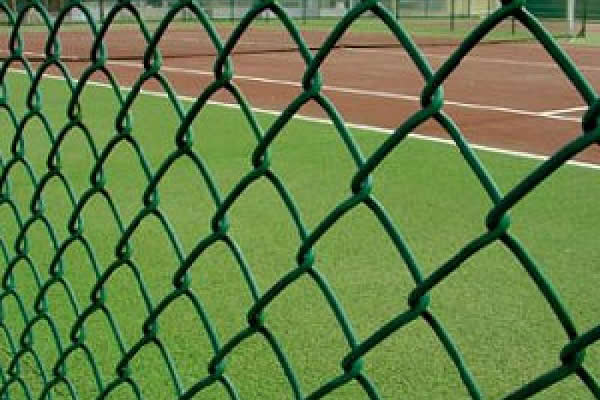 TEL:
+86-13102802206
TEL:
+86-13102802206
 Email:
fencenetting@china.com
Email:
fencenetting@china.com
 Language
Language
 TEL:
+86-13102802206
TEL:
+86-13102802206
 Email:
fencenetting@china.com
Email:
fencenetting@china.com
 Language
Language


MIG Welding of Cast Materials A Comprehensive Overview
MIG (Metal Inert Gas) welding, also known as Gas Metal Arc Welding (GMAW), is a popular welding technique that has gained traction in various industries due to its efficiency and versatility. One particular application of MIG welding is in the joining of cast materials. Cast metals, notably iron and aluminum alloys, present unique challenges and considerations that welders must navigate to achieve strong, lasting connections.
Understanding Cast Materials
Cast materials, such as cast iron and cast aluminum, are commonly used in various applications due to their excellent mechanical properties and ability to be shaped into complex geometries. However, the characteristics of these materials—such as their microstructure, porosity, and brittleness—can complicate the welding process. Cast iron, for instance, contains a high carbon content that can lead to cracking when subjected to heat during welding. Similarly, cast aluminum can suffer from issues like porosity and the formation of welding defects.
Advantages of MIG Welding for Cast Materials
MIG welding offers several advantages when working with cast materials
1. Speed and Efficiency MIG welding is a continuous process, which allows for faster welding speeds. This is particularly beneficial when working with large cast components that require extensive welds.
2. Clean Welds The shielding gas used in MIG welding minimizes contamination during the welding process. This is vital when dealing with cast materials, as clean welds reduce the likelihood of defects and ensure strong joints.
3. Ease of Use MIG welding is more user-friendly compared to other welding techniques, making it accessible for both experienced welders and novices. The process requires less manipulation and can accommodate a variety of welding positions.

Challenges and Considerations
While MIG welding has its advantages, welders must be aware of the challenges that come with welding cast materials
1. Preheating Preheating cast iron before welding can significantly reduce the risk of cracking. A preheat temperature of around 400°F is often recommended to mitigate thermal stresses.
2. Welding Filler Metal Selection Choosing the right filler metal is crucial. For cast iron, Nickel-based rods are preferable as they can accommodate the material’s unique properties. Meanwhile, for cast aluminum, an ER4047 filler is often used due to its good fluidity and compatibility with aluminum.
3. Proper Technique The technique used during welding must be tailored to the material being joined. For instance, maintaining a low heat input and using a weave pattern can help prevent overheating and distortion in cast materials.
4. Post-Weld Treatment After welding, materials often require post-weld heat treatment to relieve stresses and enhance ductility. This treatment is crucial for ensuring the integrity of the weld.
Conclusion
MIG welding of cast materials can be a challenging yet rewarding endeavor. By understanding the unique properties of cast metals and the specific requirements for MIG welding, welders can achieve high-quality, durable welds. As industries continue to look for efficient methods to join cast components, mastering MIG welding will remain a valuable skill. Ultimately, the right combination of preparation, technique, and post-weld treatment can lead to success in the welding of cast materials, ensuring both performance and longevity in applications ranging from automotive to industrial machinery.